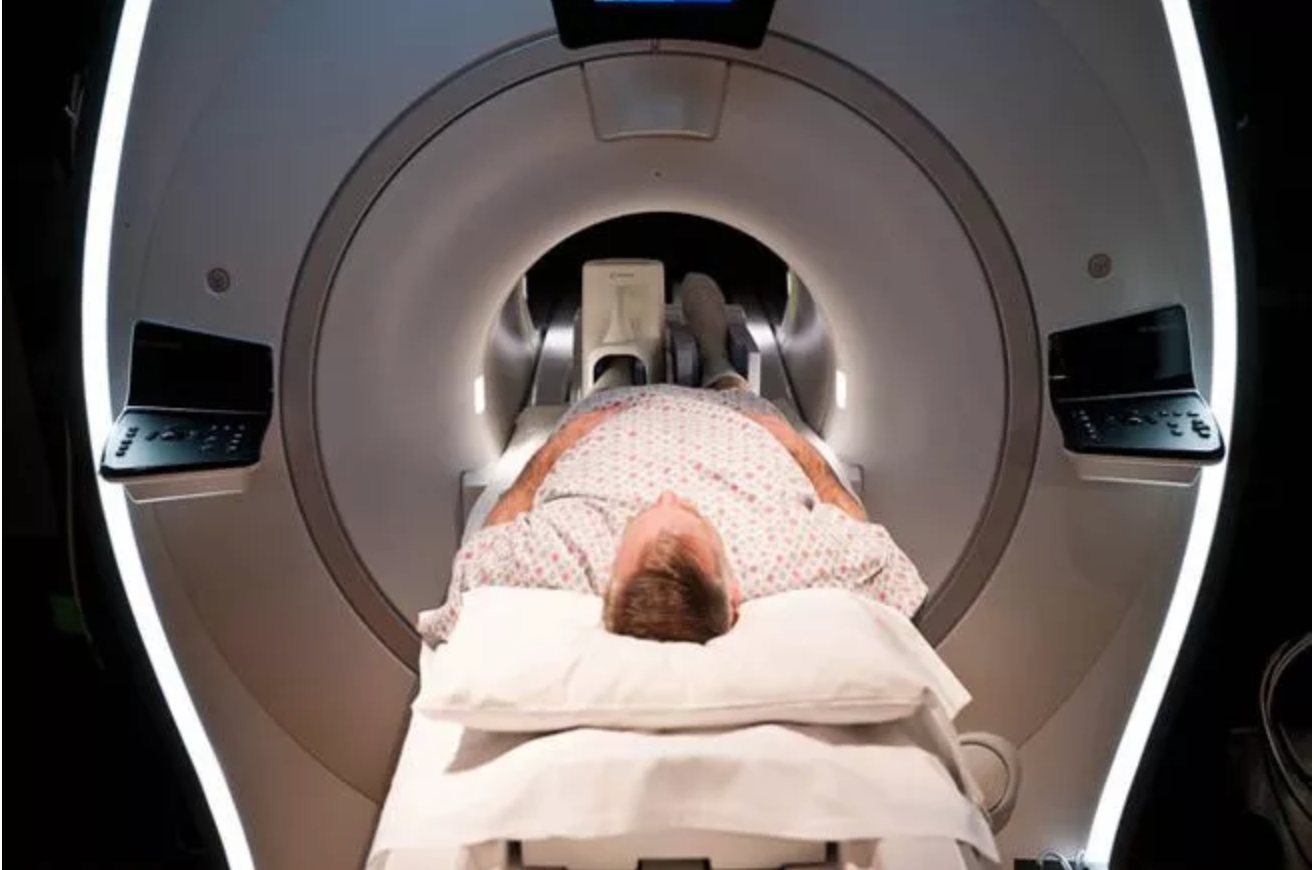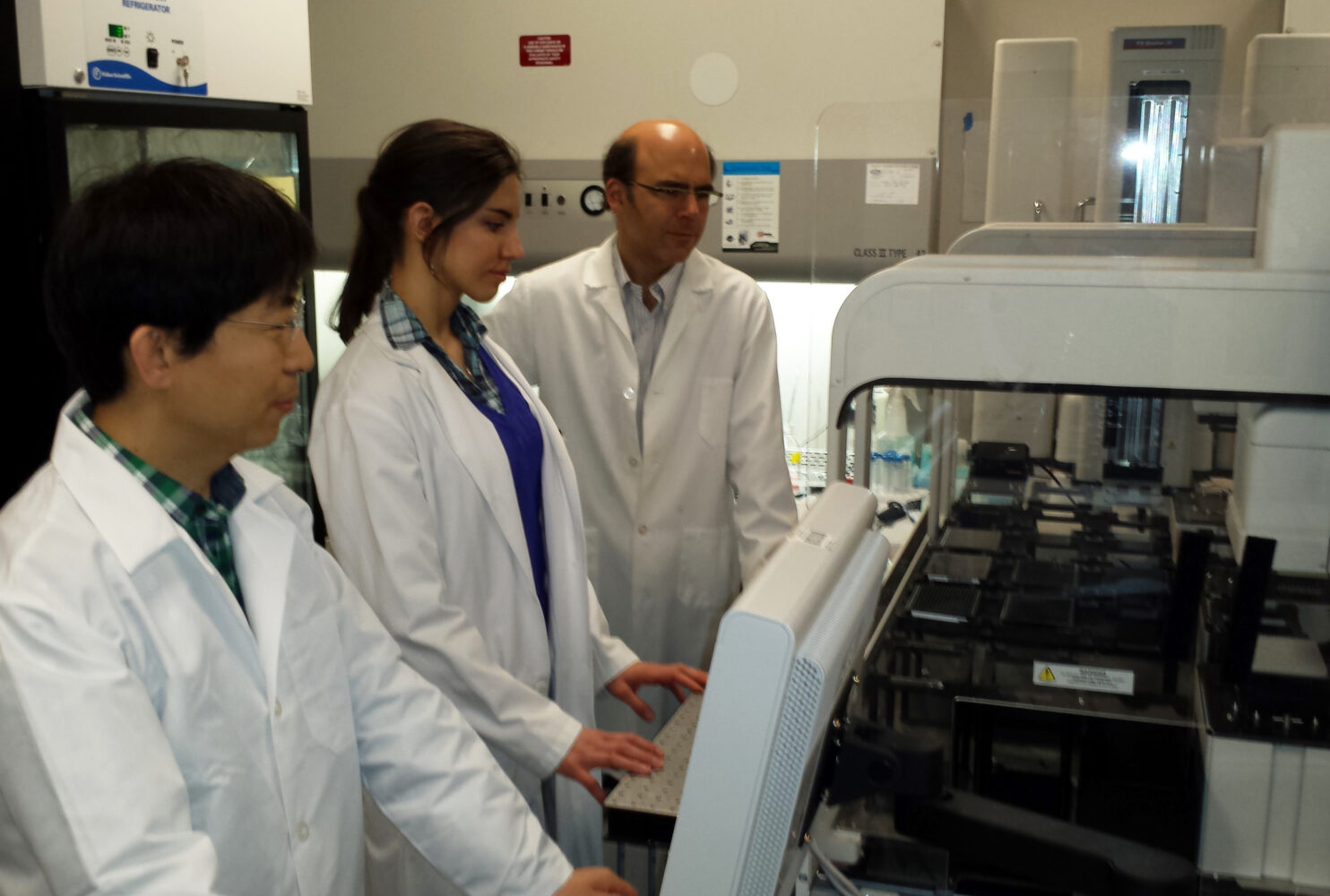Facioscapulohumeral muscular dystrophy (FSHD) is a debilitating, progressive, inherited myopathy with an estimated prevalence of that could be greater than 12:100,000 (Deenen, et al., 2014), making it one of the most common inherited muscle conditions. With great variation in age of onset, presentation, severity, and progression, it can be challenging for clinicians to diagnose. Patient-centered multidisciplinary care is recommended to improve individuals’ health, quality of life, and life expectancy. A good standard of care maximises the benefit individuals will gain from future therapies.
A genetic test is considered the gold standard for confirming a diagnosis. For targeted therapies, several of which are currently in clinical trials, a genetic confirmation will be required for patients to be eligible for trials and access to treatment, once a drug is approved.
Diagnosis typically occurs in the second or third decade of life, but many people exhibit symptoms in childhood. Some do not develop signs until late adulthood. The name “facioscapulohumeral” is misleading. To be sure, muscles of the face, scapula, and humerus are often (but not always) affected, but so are muscles in the trunk, hip girdle, and legs. In fact, skeletal muscles throughout the body can be affected. The muscle weakness is often asymmetrical—a hallmark of FSHD. This often leads clinicians to mistake the symptoms for localised strain, nerve compression or injuries. Some individuals, may have very mild or no facial weakness, further hampering efforts by less experienced clinicians to make a diagnosis.
The progressive muscle weakness and degeneration leads to significant disability over time. In the U.S. national registry, the six-year risk of wheelchair use was 24%. Around 94% of individuals report significant pain and chronic fatigue.
The weakening of diaphragm and expiratory muscles can lead to restrictive lung disease occurs in 10% of individuals, with 1-8% requiring ventilatory support. Deaths among FSHD patients were attributed to respiratory complications in 57% of cases (versus <5% in the general population) in a Center for Disease Control-funded study.
Individuals with early-onset FSHD (defined by facial weakness before age 5 or scapular winging before age 10) tend to experience more severe disease, and those with only 1-3 D4Z4 repeat units are also more likely to have extramuscular signs, including retinal vascular disease (“Coats syndrome”) and hearing loss. While rare, clinicians should screen for them because early intervention can prevent negative outcomes



